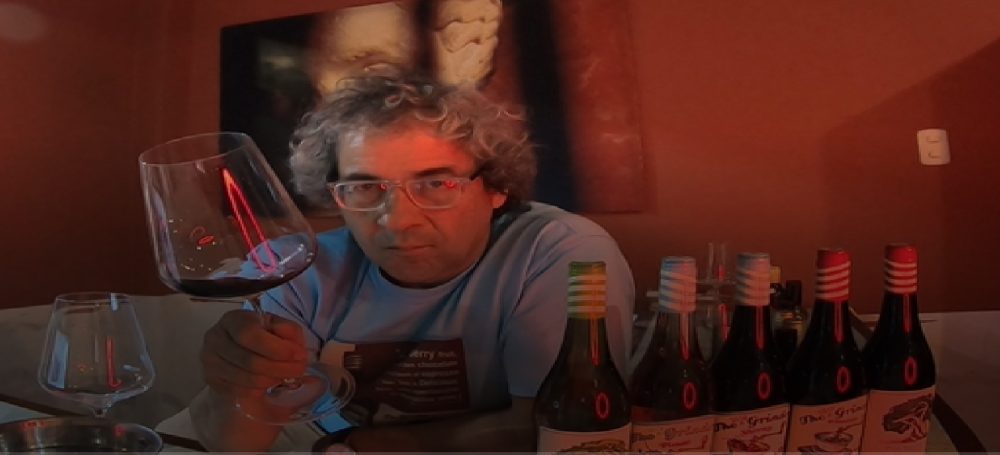♋

lanacion.ar
CAUSA
Causa means cause. That is, the literal translation of the word. The reality is that no known explanation of the dish’s name is convincing enough. The recent revival of Peruvian Comida Criolla has brought up a number of books and researchers, each one with a different interpretation of the origin of this most popular plate.
One of the stories has it that during the war with Chile, in the late 1800’s, the army failed to provide enough food to the troops, and the soldiers’ wives had to supplement their paltry rations from their own pocket. Their budget was pretty tight and all they could ill-afford was potatoes of the yellow “Amarilla” variety that is so dear to Peruvians for its starchy, velvety texture and aromatic quality. Not having anything other than salt, a few key limes and spicy hot aji peppers, ubiquitous in the country, the ladies boiled the potatoes in salted water. Once cooked, they peeled the potatoes and mashed them, added crushed aji peppers and many drops of lime juice. A Spaniard fighting along the Peruvian soldiery volunteered his most precious treasure, which he had received from his mother and which he kept hidden under his campaign mattress. He produced a half full bottle of olive oil. Added to the mashed potato mix, it made it more kneadable, gave it body and improved its taste by an order of magnitude. Knowing that just spicy potatoes with oil and lemon would not satisfy their hungry husbands, the senoras went around knocking doors and asking patriotic citizens to contribute to “la causa”, the cause. With the addition of fragrant red onions, cans of pickled sardines and a sprig of cilantro they created the dish. The onions were summarily chopped into fine pieces, fate that was shared by the cilantro, and were then mixed together with chunks of sardine and seasoned with salt, pepper and lime juice. So prepared, they served as an appetizing topping for the Causa mix, which had already been molded on the ladies’ hands in the shape of concave buns.
The story may be completely spurious but it nevertheless makes a clear point about the origins of the creation: humble and uniquely Peruvian. Unlike Ceviche or Arroz con Pollo which are made in many Latin American countries, or Pisco, the Peruvian national drink, which origin is hotly contested by Chile, there is no similar dish anywhere in the Americas, making it a truly undisputed Peruvian creation. Causa is a favorite appetizer of Peruvians, for all good reasons. It is easy to make and its tangy flavor is refreshing, slightly spicy and citrusy. It is also very versatile, being served as an appetizer or as a main course and amendable to a variety of fillings or toppings. It is a great picnic meal and kids love it. Causa can also be stored it in the fridge for up to two or three days, depending on the filling. Causa is usually filled with canned tuna or shredded chicken but you can have it vegetarian –with avocado, cooked green peas and carrot- or filled with shrimp tails or other seafood, like octopus.
Pair with Pinot Griggio or New Zealand Sauvignon Blanc
.
2 pounds Yukon Gold potatoes, cooked in salted water and peeled
3 teaspoons dried yellow aji amarillo powder or a whole aji Amarillo pepper if you can get the conserved product.
1 teaspoon salt
2 tablespoons oil
Filling
1 cup cooked, finely chopped light and dark chicken meat
1/2 cup finely chopped red onion
2 sprigs of cilantro, chopped fine
1/2 cup mayonnaise
Salt to taste
The Causa
Oil for the pan
1 cake pan or Pyrex dish, 8 inches long by 4 inches wide
1/2 teaspoon finely chopped parsley
Ingredients
-2lb potatoes (Yukon Gold)
-½ cup vegetable oil (not olive oil)
-2 red onions, finely chopped
-Aji Amarillo
-lemon
Preparation
Potato paste. Cook 2 pounds of Yukon Gold potatoes in salt water until tender, but do not overcook. Strain and cool enough so that you can peel them. Potatoes should not cool down completely, as they are not easy to work with when cold. Mash thoroughly and set apart. In blender put together ¼ cup vegetable oil, two teaspoons of aji Amarillo (if you have dry powder) or two to three whole seeded peppers (if you got the glass jar version) and the lemon juice. Mix at low speed until homogeneous. Knead the potato mash, adding the blended mix gradually until a firm paste is formed. Using hands, grab a handful of the paste and shape it into a bun. With fingers make a cavity on the top and put away in fridge.
Topping.
Chop half red onion (or a whole one if you like the taste of this great vegetable) and rinse thoroughly under running cold water if too pungent. Strain and mix in a bowl with ½ cup of mayonnaise and the juice of two key limes or one thin skinned lemon. Add your filling of choice: Canned tuna, cooked shrimp tails, shredded cooked chicken or mixed vegetables, avocado, etc. Serve this mix in the cavity formed in the potato paste. Sprinkle with finely chopped cilantro or parsley, further cool in fridge and it is ready to serve.
